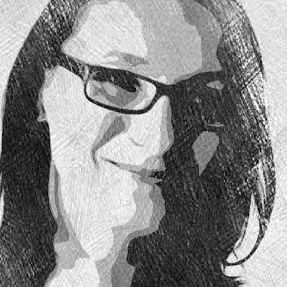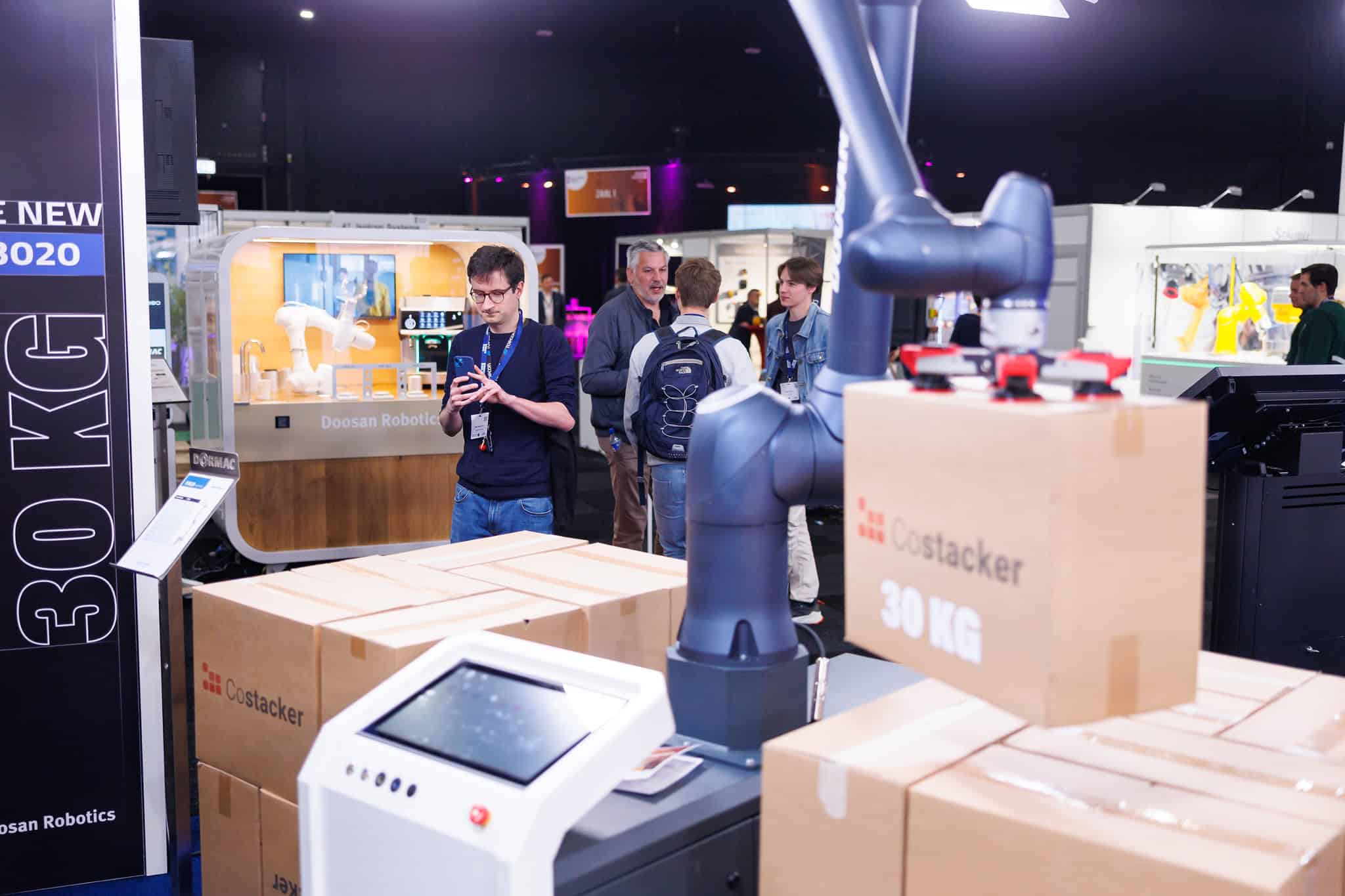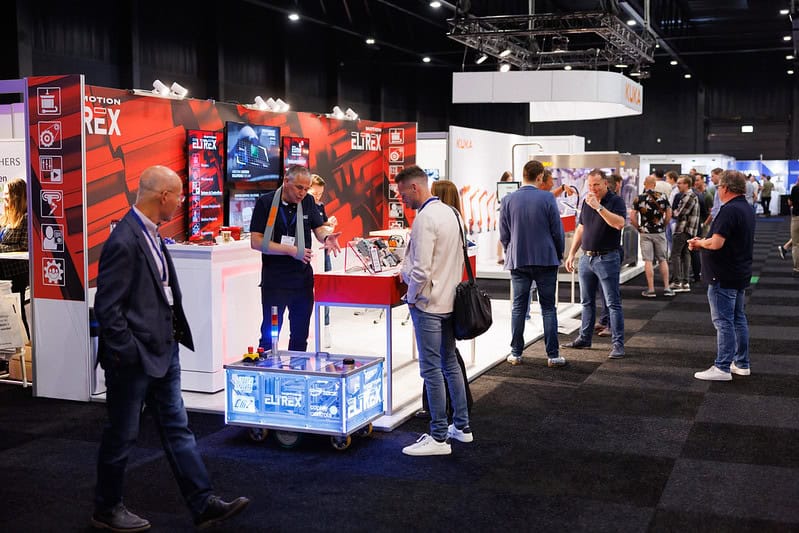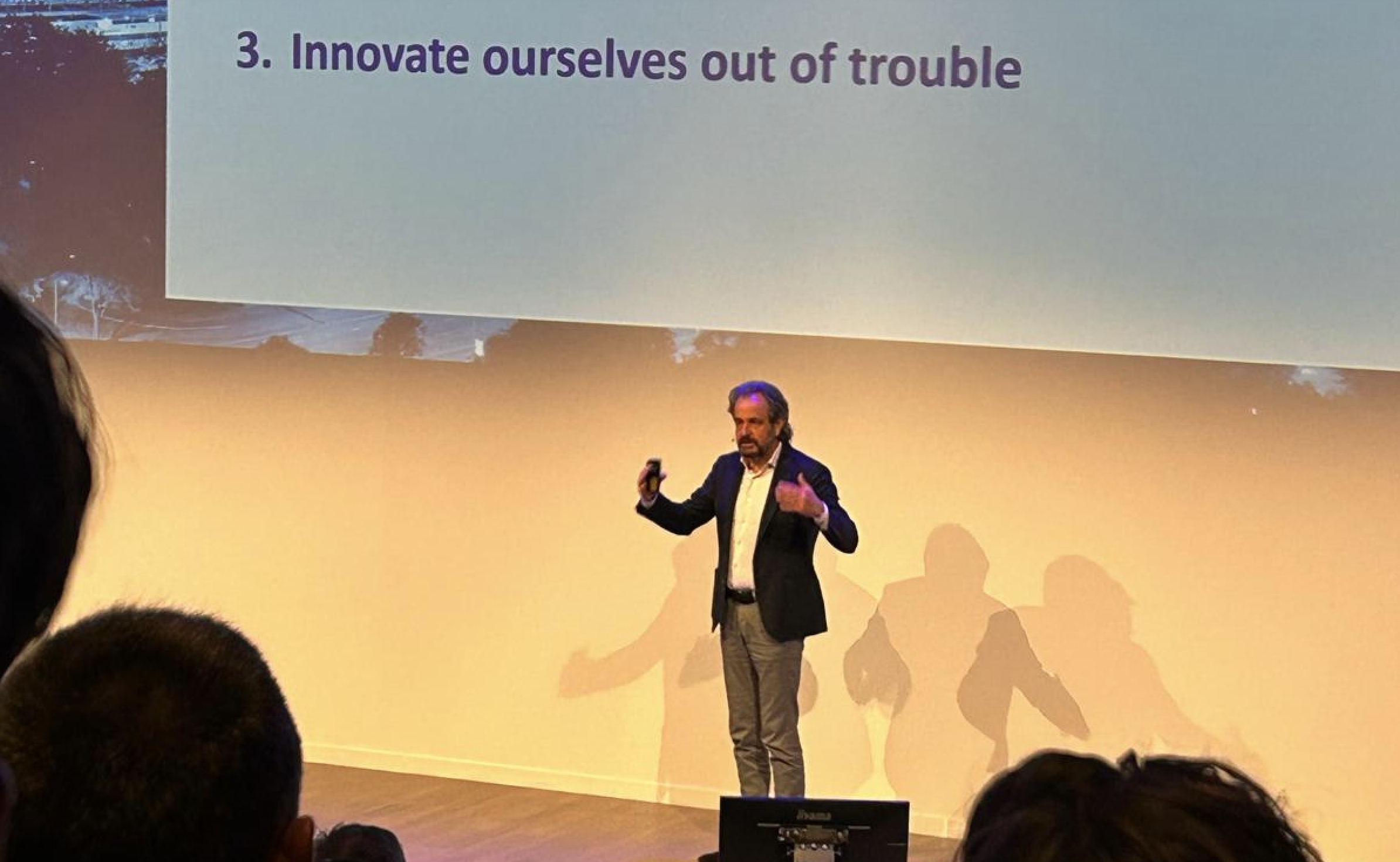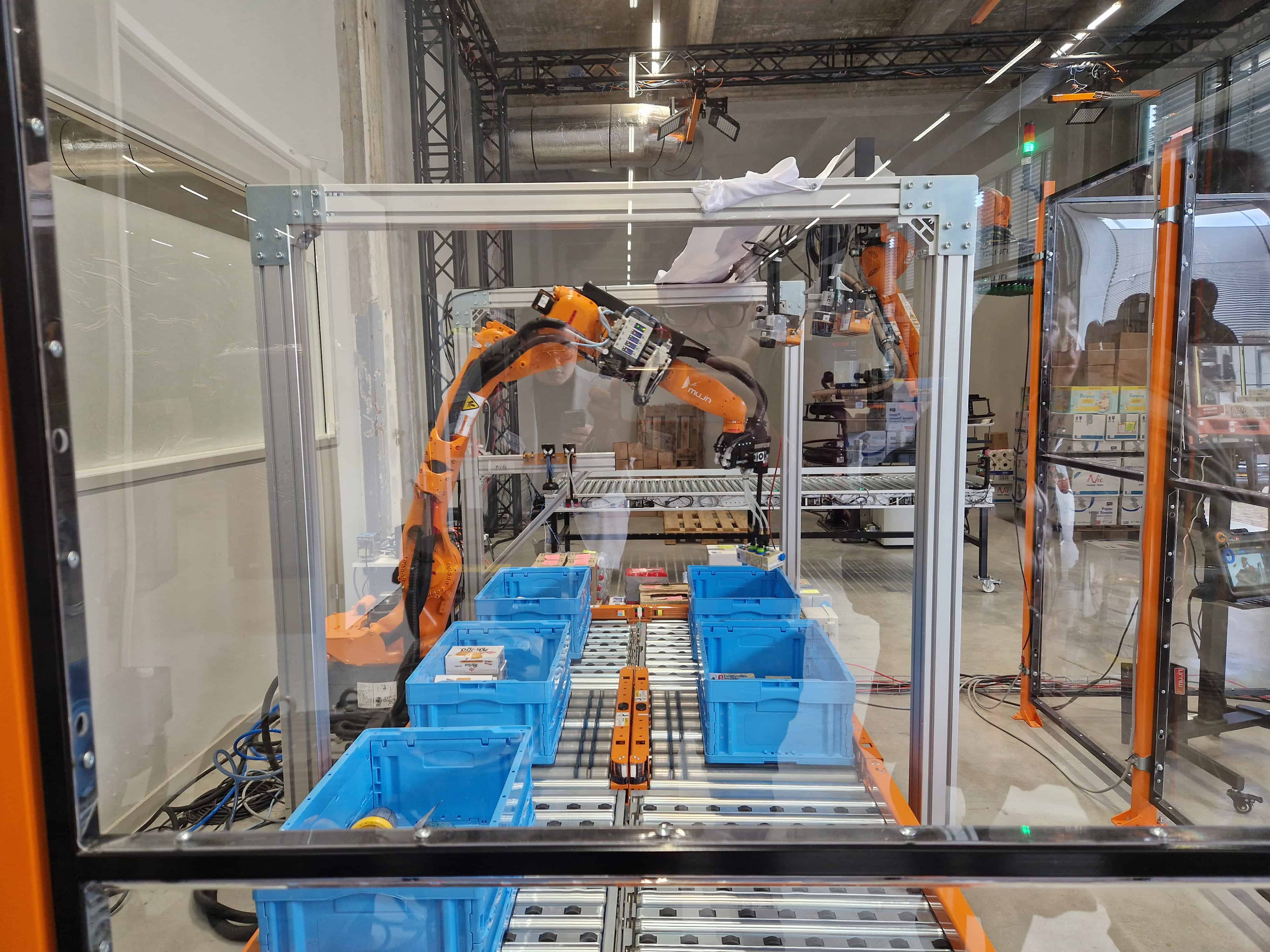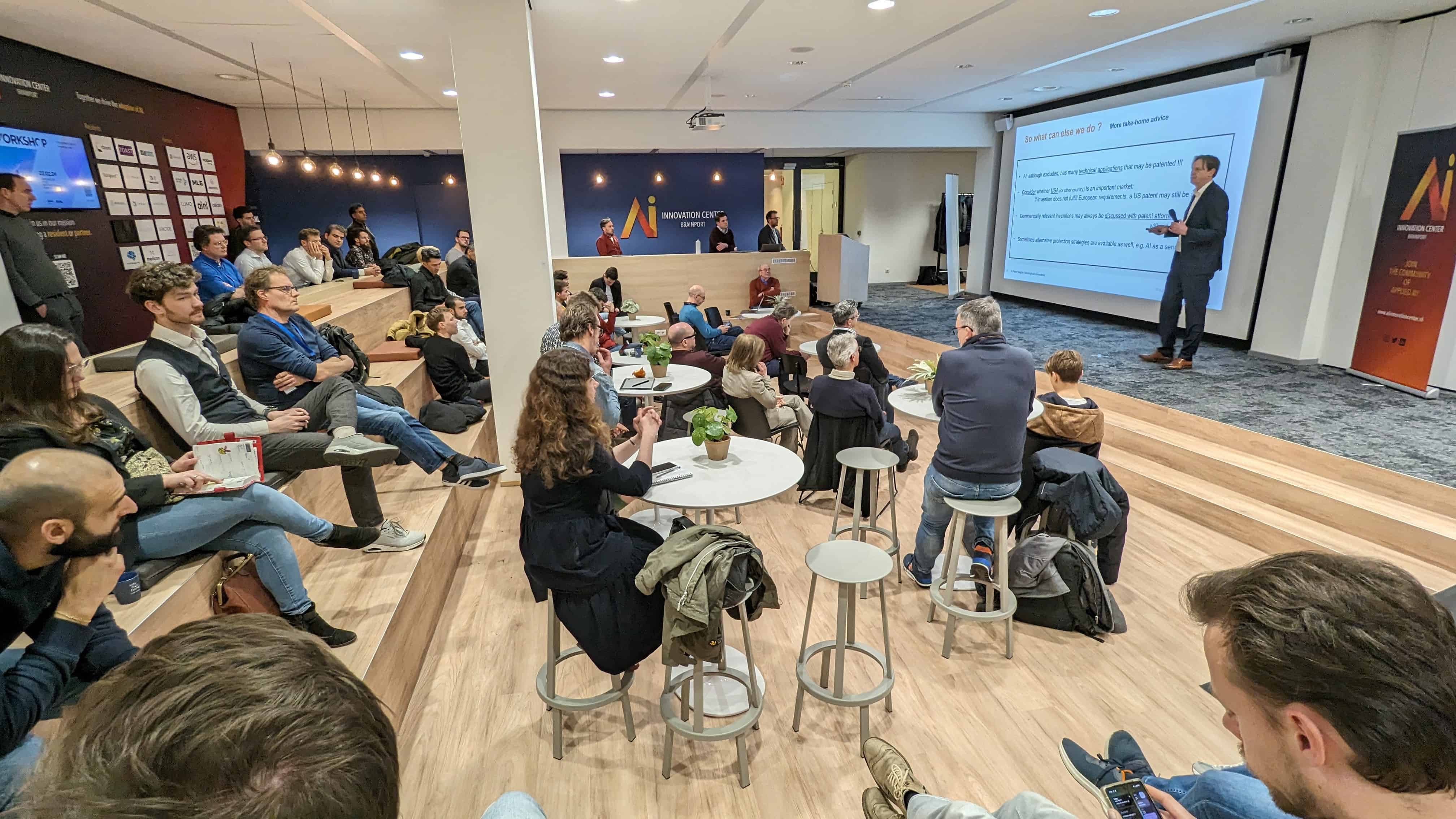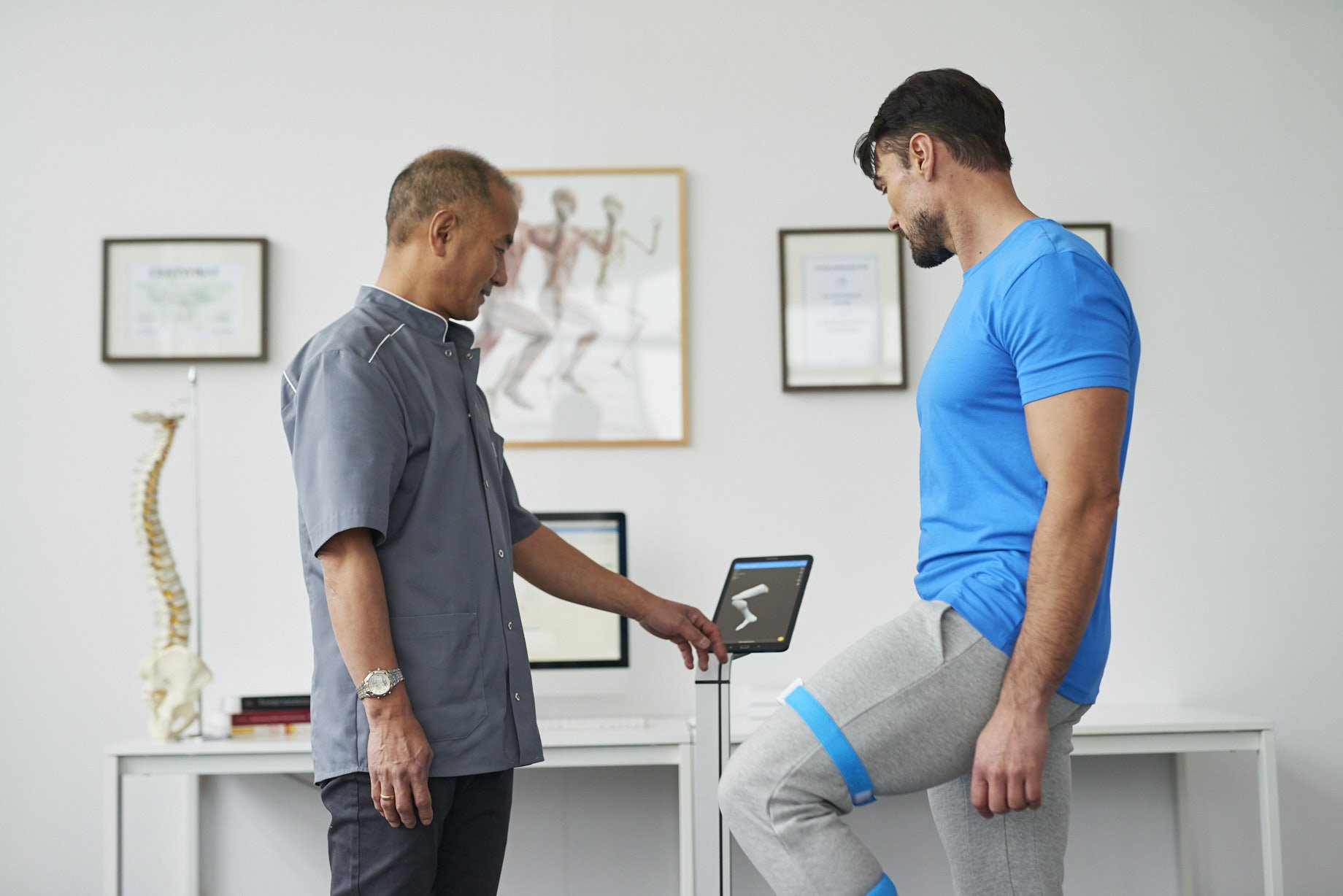
Structural intelligence in combination with sensors could be the future of telemedicine – this is how mission of the Aisens start-up can be summed up. What to do if you invented an innovative technology, but suddenly the market has changed and nobody wants your invention anymore? Adam, Jarosław and Piotr, the founders of the Polish start-up Aisens, have faced that kind of problem. All three of them studied automation and robotics together.
Later, their paths went their separate ways. Adam ran his own business. Jarosław and Piotr stayed at the university and invented new technologies. When they developed sensors for precise drone orientation in space, Adam joined them in order to help transform an invention into a business. However, when the market changed, the founders were left behind with interesting technology, but without any idea how to use it. Then Jarosław’s wife, who is a physiotherapist by profession, offered her help. The founders learned from her all about what problems physiotherapists have to face every day. It turned out that sensors, which were originally supposed to be for drones, is able to be successfully used in the treatment of patients. Subsequently Orthyo was created – a system that aids rehabilitation safely by remote. Recently the device entered the market after more than one and a half years of work.

What exactly is Orthyo?
Adam Woźniak, CEO: “Orthyo is a set of sensors and an application that is used in physiotherapy and rehabilitative therapy. It has two features. First of all, it supports diagnostics. Currently physiotherapists, occupational therapists and orthopedists just use their eyes in order to assess the mobility of joints and range of motion. Or they use a goniometer, i.e. an adjustable protractor. Its level of accuracy depends on how precisely it is applied to the patient’s body. Orthyo specifies the measurements. After placing sensors on the patient’s elbow or knee joint, the specialist collects parameters about the mobility of the joints. This type of examination can be carried out during the first visit to the clinic, but it can also be done during subsequent visits in order to evaluate the effectiveness of a therapy.”
And the second feature?
We enable safe telerehabilitation. Patients nowadays often either don’t do their exercises at home at all, as they don’t remember them or are afraid that they will hurt themselves. Or they exercise incorrectly and actually worsen their condition. Thanks to our device it is possible to record a series of exercises for any given patient at the clinic. We somehow personalize the therapy this way. The patient puts on sensors at home and when they exercise they see their avatar (e.g. their virtual hand or leg) on the screen. They are then able to compare their movements to the model movement and correct themselves if necessary. After completing a series of exercises, they can send the results to the server for the therapist.
The best moments for the company have been …?
The very first one was when we received a grant of 180 thousand PLN for the development of the idea after just giving a PowerPoint presentation. The second time was when we got to go to the Startupbootcamp Digital Health accelerator in Berlin. There were 3,000 entries from all over the world, and we made it into the top ten. That’s when we stopped having second thoughts. The third time was when we signed a deal with an investment fund. Then other people started to believe that we were capable of building much more.
The most difficult time for the company?
There are always difficult moments. Sometimes the financing from investors didn’t keep up with our plans. The certification process for the medical device was not easy either, but finally we managed to complete it.
What are your plans for the next year?
By the end of the year we want to validate our business model. We expect that we will be selling Orthyo Pro kits to clinics and from that patients will be renting Orthyo Home sensors for their homes. This year we would like to sell a few dozen or so sets to clinics in Poland and have a few hundred or so patient rentals. In the next 12 months we would also like to approach foreign markets. We are already holding talks on these matters with foreign partners.
What do you want to achieve in 5 years?
We want to be a fully-fledged, self-financing company that operates on several continents and has its branches in several countries around the world, and have a portfolio which includes more products based on artificial intelligence and sensors.
All of our articles on start-ups can be found here.

